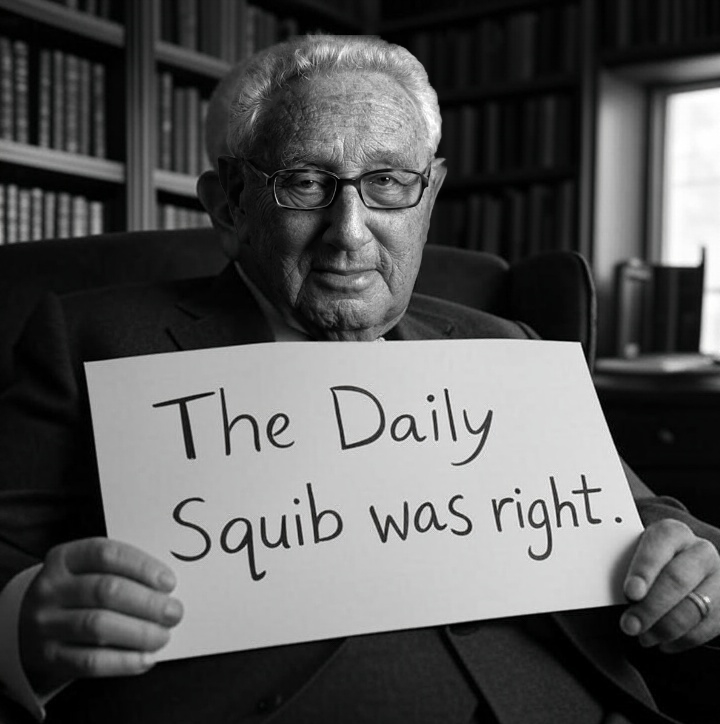If you enjoy the odd flutter on the horses, lottery or any casino game you may be familiar with the concept to theoretical return. If you aren’t, and gamble regularly, then you probably should be. Understanding theoretical return and related concepts of RTP and house edge are crucial to identifying your best chances of winning, or rather, how to minimise your losses.
The theoretical return of a casino game refers to the expected payout a player can anticipate over time, based on the rules and odds of a specific game. It is a way to quantify how much, on average, a player can expect to win or lose relative to their total bets. This is closely tied to the Return to Player (RTP) rate, which is typically expressed as a percentage and indicates the portion of all wagered money that the game is designed to pay back to players over a long period.
For instance, a game with an RTP of 95% would, theoretically, return £95 for every £100 wagered. Although individual results may vary widely in the short term, in the longer term they will tend to 95%. In the very long run (an infinitely long playing session) returns will be 95%.
The house edge is the inverse of the RTP and represents the percentage of each bet that the casino expects to keep as profit. If a game has an RTP of 95%, this means the house edge is 5%, suggesting that for every £100 wagered the casino keeps £5, while paying out £95 to players in the long run. Pretty much every casino game comes with a mathematical house edge. It’s no wonder then that the house always wins!
The Expected Value (EV) is another important concept here, referring to the average amount a punter can expect to win or lose per bet, considering both the probabilities of different outcomes and the amounts won or lost. The EV calculation allows players to understand, on a mathematical level, the impact of their decisions over time. For example, if a player wagers £10 on a game with a 5% house edge, the expected value of that bet would indicate a loss of 50 cents per £10 wagered in the long run.
In short, the concepts of theoretical return, RTP, house edge and EV are all different ways of expressing the same idea – how much you are likely to lose playing a given casino game over time. While they are theoretical (or more accurately mathematical) concepts, they do clearly establish the overall fairness (or lack thereof) of a game. And in this regard, all games are definitely not created equal.
Consider this. The RTP of a typical game of live blackjack is around 99.5% assuming optimal playing strategy is employed. The RTP on most terrestrial slot games is in the range 92-95%. That’s a massive difference.
If the lottery is your game of choice it gets much worse. Most state run lotteries operate at an RTP somewhere in the vicinity of 60%. A large portion of the 40% house edge goes to government coffers as taxes. But still, a horrible return for players.
The moral of the story…know your game RTPs and choose your game accordingly!








The house always wins because they own the algo. Duh!
Thee House always wins cuz they got the probability down.